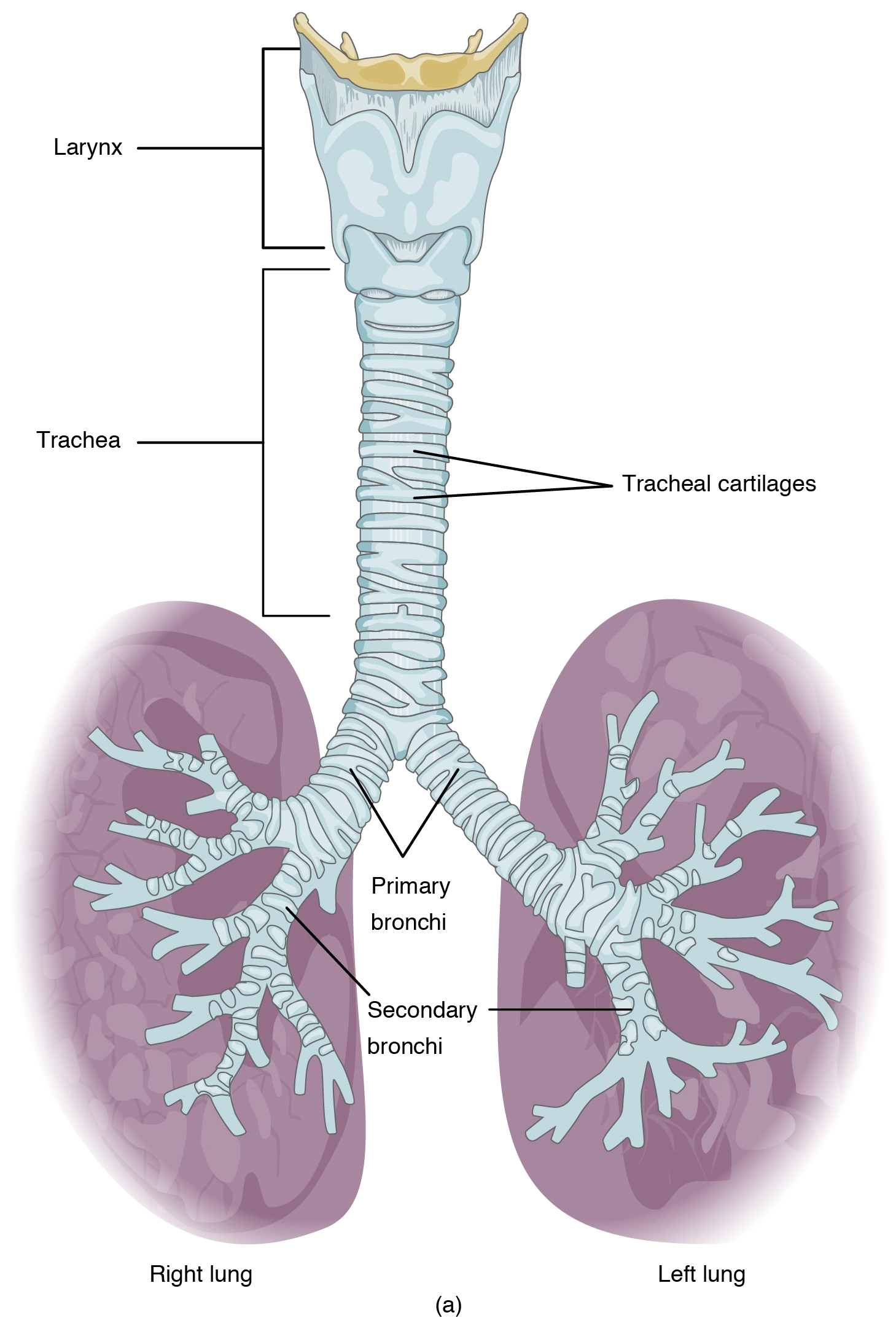A patient in Seoul, South Korea, has received the world’s first 3D printed windpipe transplant, according to BBC Science Focus.
At St Mary’s Hospital last year, a patient in her late-50s had part of a windpipe removed as part of a thyroid cancer operation. To develop an implant that wouldn’t just fill the space left behind, but restore her natural trachea, doctors made it from a nasal stem and cartilage cell-infused bio-ink, which they reinforced with PCL for structural support.
Using MRI and CT scanning, it’s said they were able to make the five centimeter graft fit perfectly to the wound site, and implant it over the course of a half-day surgery.
Six months on from the operation, the woman is understood to be recovering well, with blood vessels even starting to form around the implanted cells.
Although PCL has a five-year expiry date, it’s hoped that this will be more than enough time for the patient’s natural tissues to regenerate. Compared to existing treatments, it’s also thought that the team’s 3D printing-based treatment is less complex and dangerous.
Elsewhere, the surgery represents a similarly bold step forward for T&R Biofab. The medical 3D printing specialist has already 3D bioprinted everything from human skin to liver cells. Following the first 3D printed windpipe implant, who knows? Maybe organs aren’t too far away!





